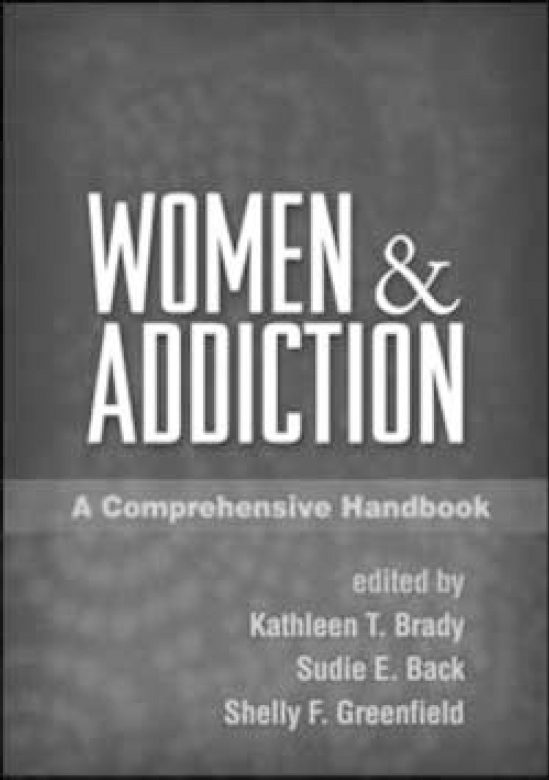
This book is written by a group of leading experts. The editors' goal was to review current knowledge about methamphetamine and to make it accessible to workers ranging from scientists to clinicians, including physicians, nurses, social workers, criminal justice workers and teachers. They succeed in giving a broad overview of the current knowledge base regarding methamphetamine use and dependence, with a focus on the experience in North America.
The scene is set with the global epidemiology of methamphetamine use, with following chapters outlining the neuropharmacological effects of this drug. Detailed accounts are given of the dysregulation of monoamine systems underlying the reinforcing and addictive potential of methamphetamine, as well as the changes seen both with acute intoxication and chronic use, and the basis for neurotoxicity. This is then linked with comprehensive reviews of studies using neuroimaging techniques and neurocognitive testing to describe changes in brain function during use and abstinence. This extensive coverage of the basic science provides the background for later discussion regarding potential pharmacotherapies. As a clinician I found this to be a little over-inclusive. It seemed at times as if the authors erred toward listing the evidence rather than summarising the findings and there is certainly more than the average clinician will ever look up.
The medical consequences of methamphetamine use are covered in a comprehensive and accessible way, addressing all major systems affected in addition to implications of the disinhibiting effect of the drug leading to accidents and high-risk sexual activity.
Psychiatric presentations are also adequately covered, including psychotic symptoms and comorbidity. The neurocognitive deficits demonstrated in longer-term users of methamphetamine and their impact on treatment success is a common theme throughout the book.
It is, I suppose, inevitable with books written by multiple experts that there is some degree of duplication through the chapters and material is not always where you would expect it to be. That said, this book brings together a lot of information about this important substance that is becoming higher profile in Europe. Perhaps, therefore, it can be forgiven for not always being light reading.





eLetters
No eLetters have been published for this article.